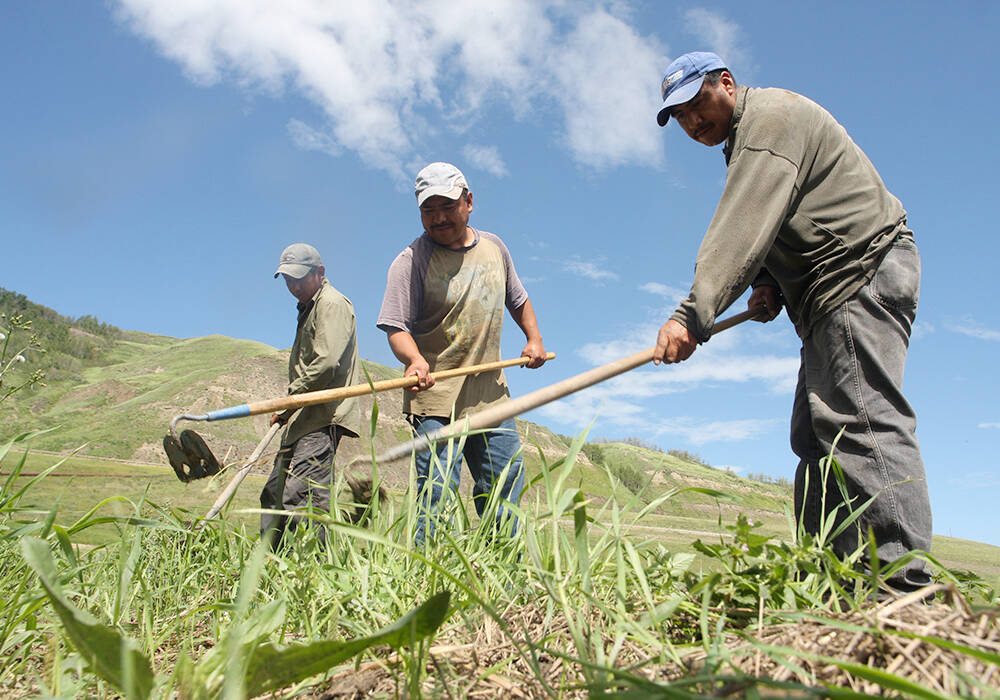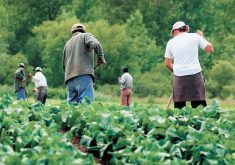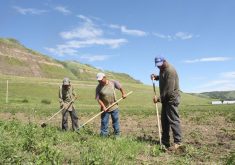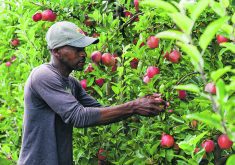WINNIPEG — Most Canadians are unhappy with the number of immigrants coming into the country.
Last fall, a public opinion poll from Environics Institute found that 58 per cent of adults were frustrated by immigration levels in Canada.
“For the first time in a quarter century, a clear majority of Canadians say there is too much immigration,” the Environics report said about the survey.
That 58 per cent figure represents a 31 per cent increase from 2022, when only 27 per cent of Canadians thought there was too much immigration.
Read Also
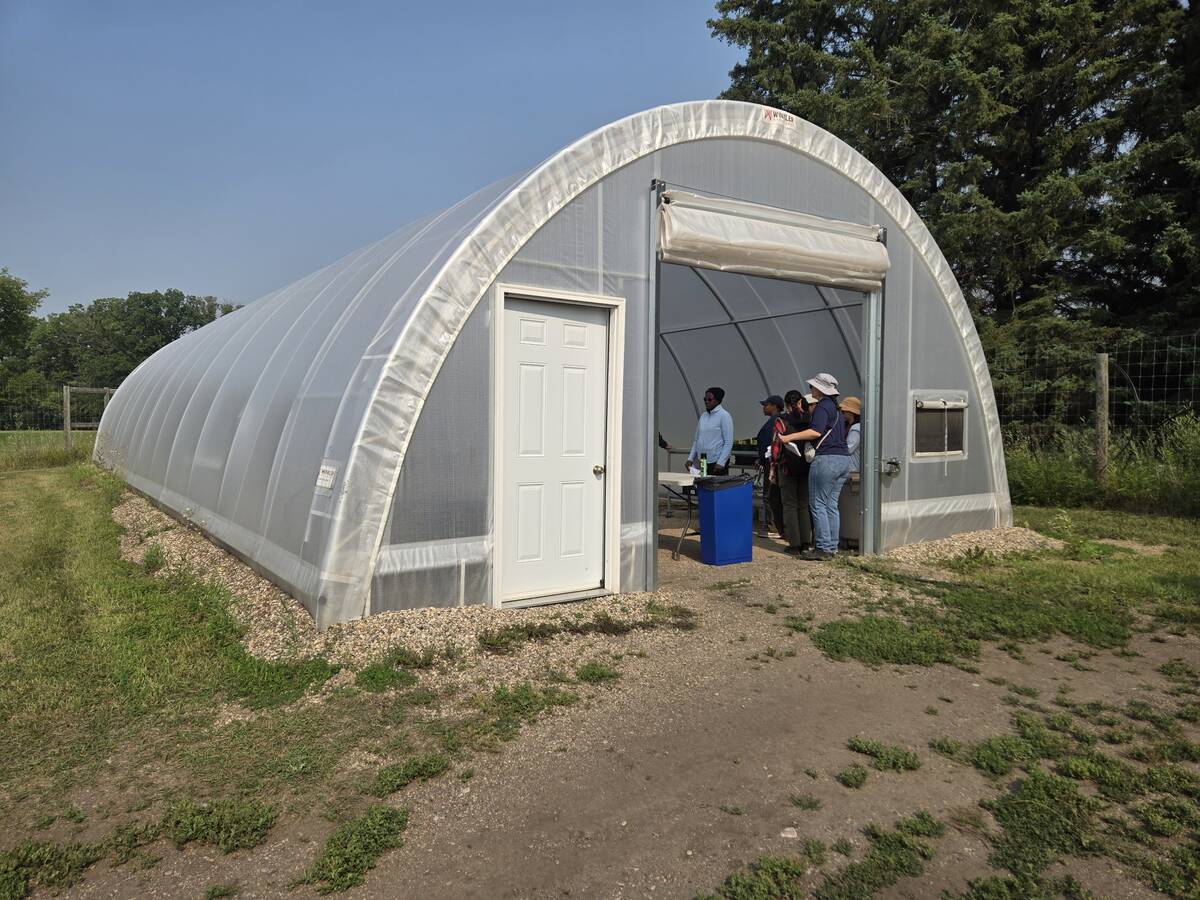
Manitoba horticulture hits the books
The 2025 Horticulture School in Brandon covered tools to extend Manitoba’s vegetable and fruit growing season, horticulture crop agronomy and new research like peat sustainability
That shift in public perceptions around immigration has had real world implications for Canada’s agri-food industry.
In May, the federal government ended the Agri-Food Pilot, a program that helped temporary foreign workers at meat-packing plants, mushroom farms, livestock farms and greenhouses become permanent Canadian residents.
The pilot, which began in 2020, provided 2,750 annual immigration spots for temporary foreign workers that were employed at agri-food jobs in those specific industries.
Lauren Martin, senior director of public affairs and corporate counsel with the Canadian Meat Council, doesn’t know exactly why the federal government terminated the pilot, but the decision was likely connected to public sentiment around immigration and the government’s desire to control population growth.
“I’m speculating … but there is a lot going on (within the federal government) to reduce the temporary and permanent immigration numbers,” Martin said.
“I think every rock was turned over (by) them to meet those targets.”
Ottawa started taking action last year to constrain the number of temporary foreign workers in Canada. In August 2024, the government capped the percentage of those workers at 10 per cent.
“(So) employers will be allowed to hire no more than 10 per cent of their total workforce through the TFW program,” the government said.
In the agri-food industry, health care and construction, the limit is 20 per cent.
That exemption is helpful, but Canadian meat packers still need a program that allows temporary foreign workers to become permanent residents, Martin said.
Meat processing isn’t seasonal or temporary work. It happens 365 days of the year.
The loss of the Agri-Food Immigration Pilot will disrupt the transition of workers from temporary to permanent resident of Canada.
“I think it was the only federal pathway to permanent residency when it comes to immigration for our sector,” Martin said, adding that meat processors are struggling with bureaucratic obstacles within the TFW program, such as refusals of worker renewal applications.
“It just leads to a tight market and a lot of instability for a workforce that’s critically needed.”
Mushrooms Canada, which represents the approximately 200 mushroom farms in the country, is also frustrated by the federal cancellation of the Agri-Food pilot.
In a letter to the federal ministers of immigration, agriculture and jobs — Lena Diab, Heath MacDonald and Patty Hajdu — Mushrooms Canada asked the ministers to reconsider their decision.
“We do not think 2,750 immigration spots is too much for our sector’s workers who are helping to produce the food we eat in Canada,” the letter says.
“We request that another pilot immediately be initiated with the same criteria or a new permanent program with the same criteria providing at least the same 2,750 immigration spots annually for agriculture and agri-food.”
It’s correct to say that 2,750 people isn’t a lot in a country with a population of 41.5 million, but the federal government announced plans last October to cut the number of people admitted as permanent residents.
It set a target of 395,000 new permanent residents in 2025, which is down 21 per cent from an earlier target of 500,000. The reduction is part of a larger plan to curb population growth.
“The 2025–2027 Immigration Levels Plan is expected to result in a marginal population decline of 0.2 per cent in both 2025 and 2026 … before returning to a population growth of 0.8 per cent in 2027,” the federal government said in a release.
Canada’s population increased to 41.5 million from 37.3 in the six years between January 2019 and December 2024, an increase of 11.2 per cent.


